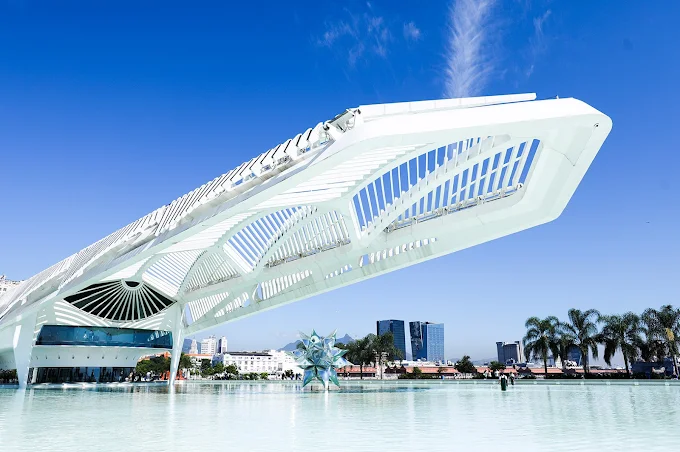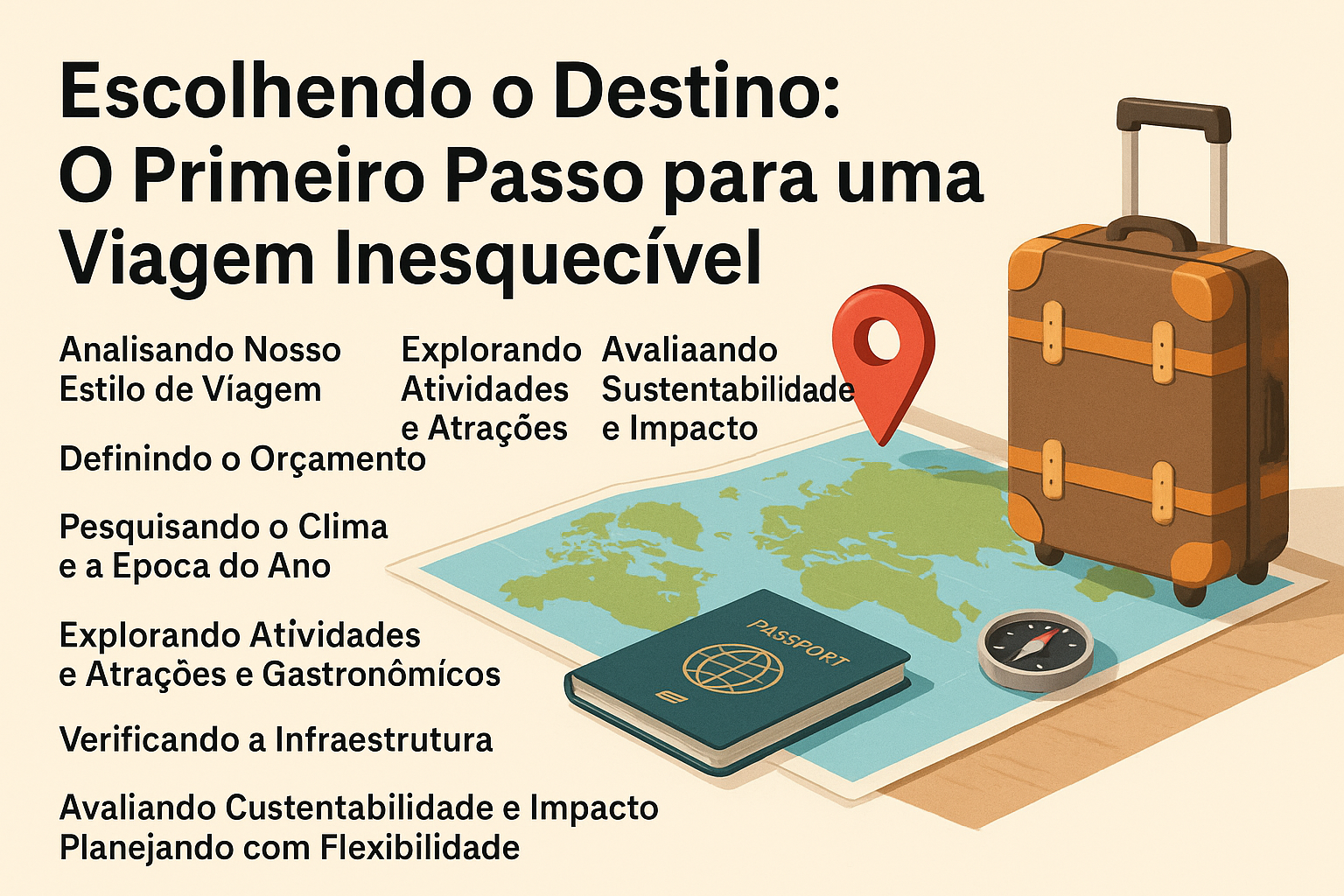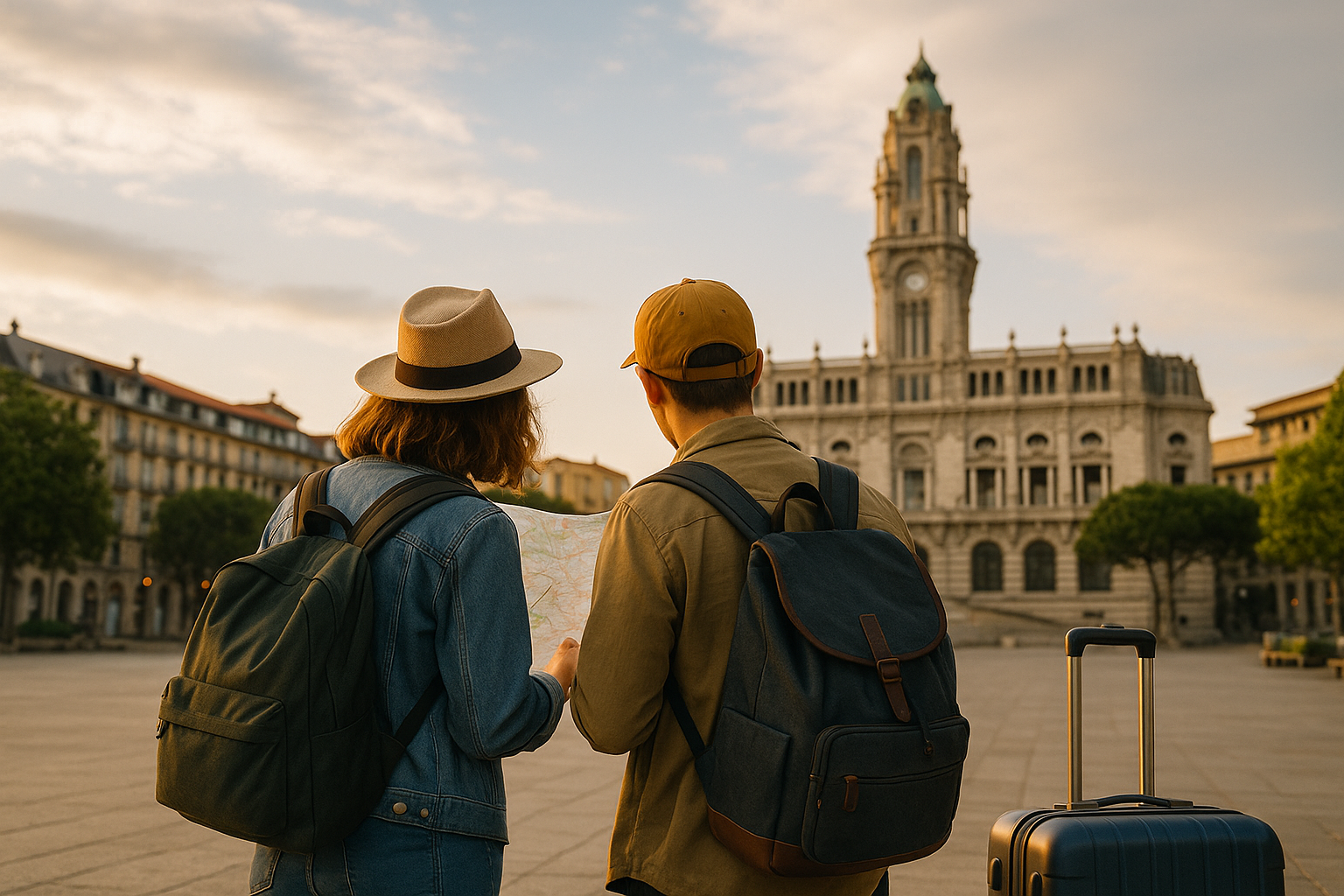
O Brasil é um país vasto e diverso, repleto de destinos incríveis para explorar. Das praias de areia branca no litoral às florestas tropicais exuberantes e cidades vibrantes, o país oferece uma ampla variedade de experiências para todos os tipos de viajantes. Neste artigo, vamos te guiar pelas principais regiões turísticas do Brasil, cada uma com seu charme e atrações únicas.
A região Norte do Brasil abriga a icônica Floresta Amazônica, uma das áreas com maior biodiversidade do planeta. Esse destino é perfeito para os aventureiros e amantes da natureza. O Rio Amazonas, o maior do mundo em volume de água, atravessa essa região, oferecendo oportunidades para cruzeiros fluviais, trilhas na selva e observação de vida selvagem.
Cidades como Manaus, capital do estado do Amazonas, servem como porta de entrada para a Amazônia. Os visitantes podem conhecer o famoso Encontro das Águas, onde os rios Negro e Solimões correm lado a lado sem se misturar por vários quilômetros, criando um espetáculo natural impressionante. Há também aldeias indígenas, reservas de vida selvagem e lodges ecológicos que proporcionam uma experiência imersiva no coração da floresta.
O Nordeste brasileiro é famoso por suas praias paradisíacas, clima quente e cultura vibrante. Destinos populares incluem Salvador, capital da Bahia, conhecida por sua herança afro-brasileira, arquitetura colonial e animadas celebrações de carnaval. O bairro do Pelourinho, com seus casarões coloridos e ruas de paralelepípedo, é um ponto turístico imperdível.
Outros lugares de destaque no Nordeste são Recife e Olinda, em Pernambuco, que combinam história colonial com praias tropicais. Fortaleza, no Ceará, se destaca pelas suas belas paisagens litorâneas e vida noturna agitada, enquanto a ilha de Jericoacoara é um paraíso para os apaixonados pela natureza e praias isoladas.
A cultura nordestina é rica e envolvente, com ritmos como o samba, forró e axé fazendo parte do dia a dia. A gastronomia também é um ponto forte, com pratos típicos como o acarajé (bolinho de feijão frito com recheio de camarão) e a moqueca (ensopado de peixe) encantando os visitantes.
A região Centro-Oeste abriga o Pantanal, a maior planície alagável do mundo. Esse Patrimônio Mundial da UNESCO é um destino espetacular para o ecoturismo, oferecendo oportunidades únicas de observar animais como onças-pintadas, capivaras, jacarés e centenas de espécies de aves.
O Pantanal é acessível a partir de cidades como Cuiabá e Campo Grande, que funcionam como portas de entrada. Os turistas podem fazer passeios de barco, safáris em jipes e cavalgadas para explorar os alagados e observar a fauna em seu habitat natural.
Outro destino imperdível da região é o Parque Nacional da Chapada dos Guimarães, conhecido por suas paisagens dramáticas, cachoeiras e trilhas para caminhadas. É o lugar ideal para quem quer unir aventura e natureza em uma única viagem.
O Sudeste é o motor econômico do Brasil e abriga algumas das cidades mais emblemáticas do país. São Paulo, a maior metrópole brasileira, é conhecida pelos seus arranha-céus, diversidade cultural e intensa vida artística. É um verdadeiro paraíso para os amantes da gastronomia, da arte e das compras, com incontáveis museus, galerias e restaurantes renomados.
Já o Rio de Janeiro, possivelmente a cidade mais famosa do Brasil, encanta com suas praias deslumbrantes, como Copacabana e Ipanema, e o icônico Cristo Redentor no topo do Corcovado. A cidade também é famosa por sua animada vida noturna, com casas de samba, festas de rua e uma energia contagiante durante o Carnaval.
Além das grandes cidades, o Sudeste também possui paisagens naturais encantadoras, como a Serra da Mantiqueira e as praias da Costa Verde, incluindo a charmosa cidade colonial de Paraty.
O Sul do Brasil se destaca pela forte influência europeia, especialmente em cidades como Curitiba, Porto Alegre e Blumenau, que preservam tradições alemãs e italianas. É o destino ideal para quem busca uma combinação de charme europeu com a alegria brasileira.
Essa região também abriga algumas das paisagens naturais mais impressionantes do país, como as Cataratas do Iguaçu, um dos maiores e mais espetaculares conjuntos de quedas d’água do mundo. As florestas subtropicais, cânions dramáticos e vales produtores de vinho tornam o Sul um paraíso para os amantes da natureza.
O estado de Santa Catarina é um dos destinos favoritos, famoso por suas praias, montanhas e pela capital Florianópolis, uma cidade costeira encantadora. A gastronomia da região também é destaque, com o tradicional churrasco gaúcho e vinhos de alta qualidade.
O Brasil é um país que oferece algo para todos os gostos. Seja você um aventureiro em busca de experiências na Amazônia, alguém em busca de descanso em praias tropicais ou um apaixonado por cultura urbana, as regiões brasileiras oferecem vivências únicas e memoráveis. Cada canto do país possui uma identidade própria, permitindo ao viajante mergulhar na cultura, história e belezas naturais do Brasil.
Dos vastos alagados do Pantanal às praias douradas do Nordeste, passando pelo clima cosmopolita do Sudeste, o Brasil promete uma jornada inesquecível. Então, prepare as malas e deixe a aventura começar!
O Sudeste é o motor econômico do Brasil e abriga algumas das cidades mais emblemáticas do país. São Paulo, a maior metrópole brasileira, é conhecida pelos seus arranha-céus, diversidade cultural e intensa vida artística. É um verdadeiro paraíso para os amantes da gastronomia, da arte e das compras, com incontáveis museus, galerias e restaurantes renomados.
Já o Rio de Janeiro, possivelmente a cidade mais famosa do Brasil, encanta com suas praias deslumbrantes, como Copacabana e Ipanema, e o icônico Cristo Redentor no topo do Corcovado. A cidade também é famosa por sua animada vida noturna, com casas de samba, festas de rua e uma energia contagiante durante o Carnaval.
Além das grandes cidades, o Sudeste também possui paisagens naturais encantadoras, como a Serra da Mantiqueira e as praias da Costa Verde, incluindo a charmosa cidade colonial de Paraty.
O Sul do Brasil se destaca pela forte influência europeia, especialmente em cidades como Curitiba, Porto Alegre e Blumenau, que preservam tradições alemãs e italianas. É o destino ideal para quem busca uma combinação de charme europeu com a alegria brasileira.
Essa região também abriga algumas das paisagens naturais mais impressionantes do país, como as Cataratas do Iguaçu, um dos maiores e mais espetaculares conjuntos de quedas d’água do mundo. As florestas subtropicais, cânions dramáticos e vales produtores de vinho tornam o Sul um paraíso para os amantes da natureza.
O estado de Santa Catarina é um dos destinos favoritos, famoso por suas praias, montanhas e pela capital Florianópolis, uma cidade costeira encantadora. A gastronomia da região também é destaque, com o tradicional churrasco gaúcho e vinhos de alta qualidade.
O Brasil é um país que oferece algo para todos os gostos. Seja você um aventureiro em busca de experiências na Amazônia, alguém em busca de descanso em praias tropicais ou um apaixonado por cultura urbana, as regiões brasileiras oferecem vivências únicas e memoráveis. Cada canto do país possui uma identidade própria, permitindo ao viajante mergulhar na cultura, história e belezas naturais do Brasil.
Dos vastos alagados do Pantanal às praias douradas do Nordeste, passando pelo clima cosmopolita do Sudeste, o Brasil promete uma jornada inesquecível. Então, prepare as malas e deixe a aventura começar!

Viajar é mais do que apenas se deslocar de um ponto a outro; trata-se de criar memórias, vivenciar novas culturas e expandir nossa visão de mundo. No entanto, antes de

Planejamento financeiro é o primeiro passo para transformar uma viagem dos sonhos em realidade. Vai além de apenas calcular gastos — trata-se de criar uma base sólida que oferece liberdade

Viajar renova nossa curiosidade e aprofunda nossa conexão com o mundo. Quando planejamos bem, transformamos os dias de folga em experiências que realmente ficam na memória. Este é o poder

Viajar é uma das experiências mais gratificantes que podemos ter, mas a forma como fazemos a organização da mala pode influenciar diretamente o sucesso da jornada. Uma organização da mala

Viajar é uma experiência enriquecedora e transformadora, mas para garantir que tudo corra bem, o preparo é fundamental. Um dos passos mais importantes no planejamento é criar uma lista de

Viajar é uma experiência incrível, mas quem nunca ficou em dúvida sobre o que levar, como organizar tudo ou qual tipo de malas é ideal para determinado destino? A verdade